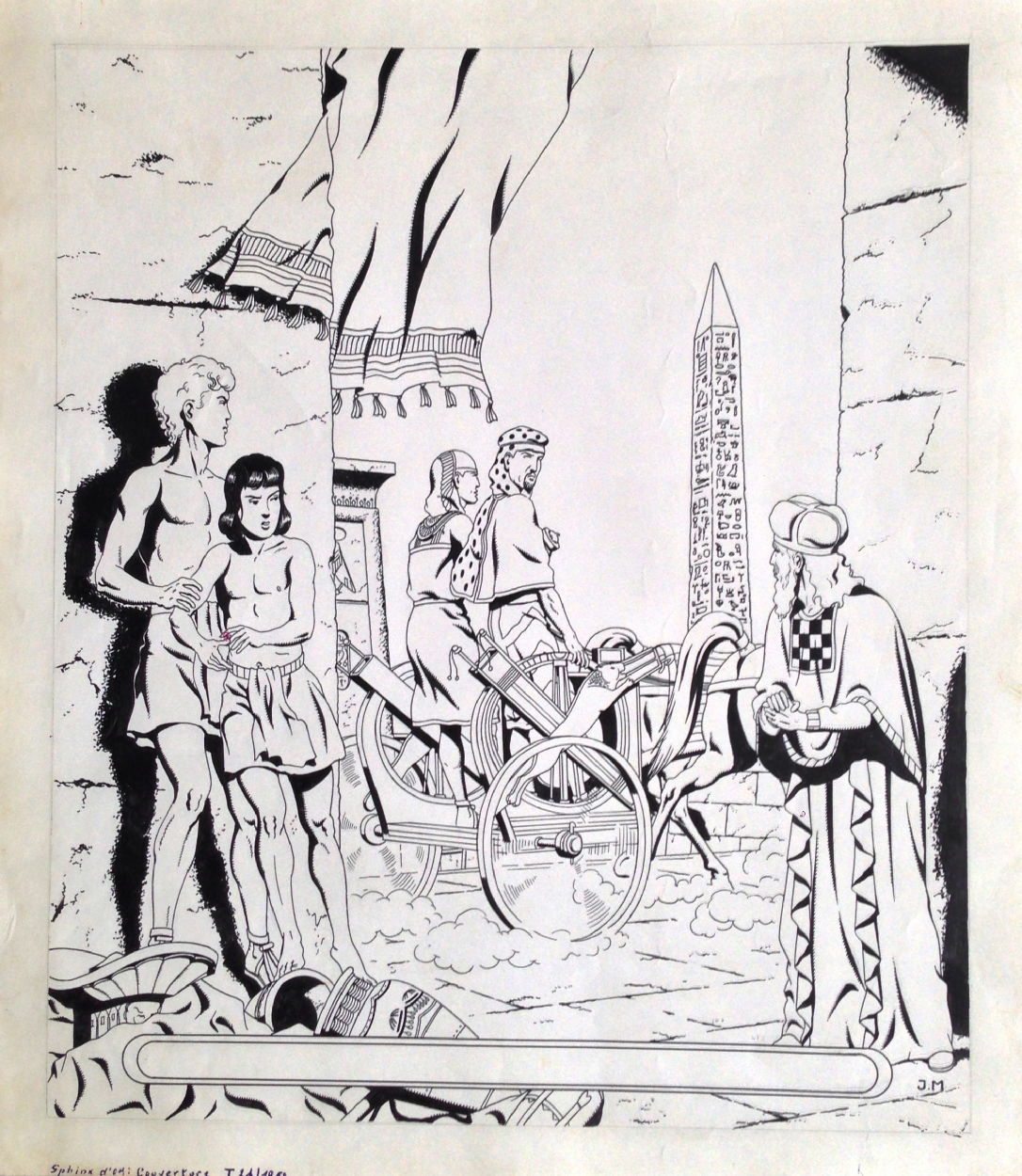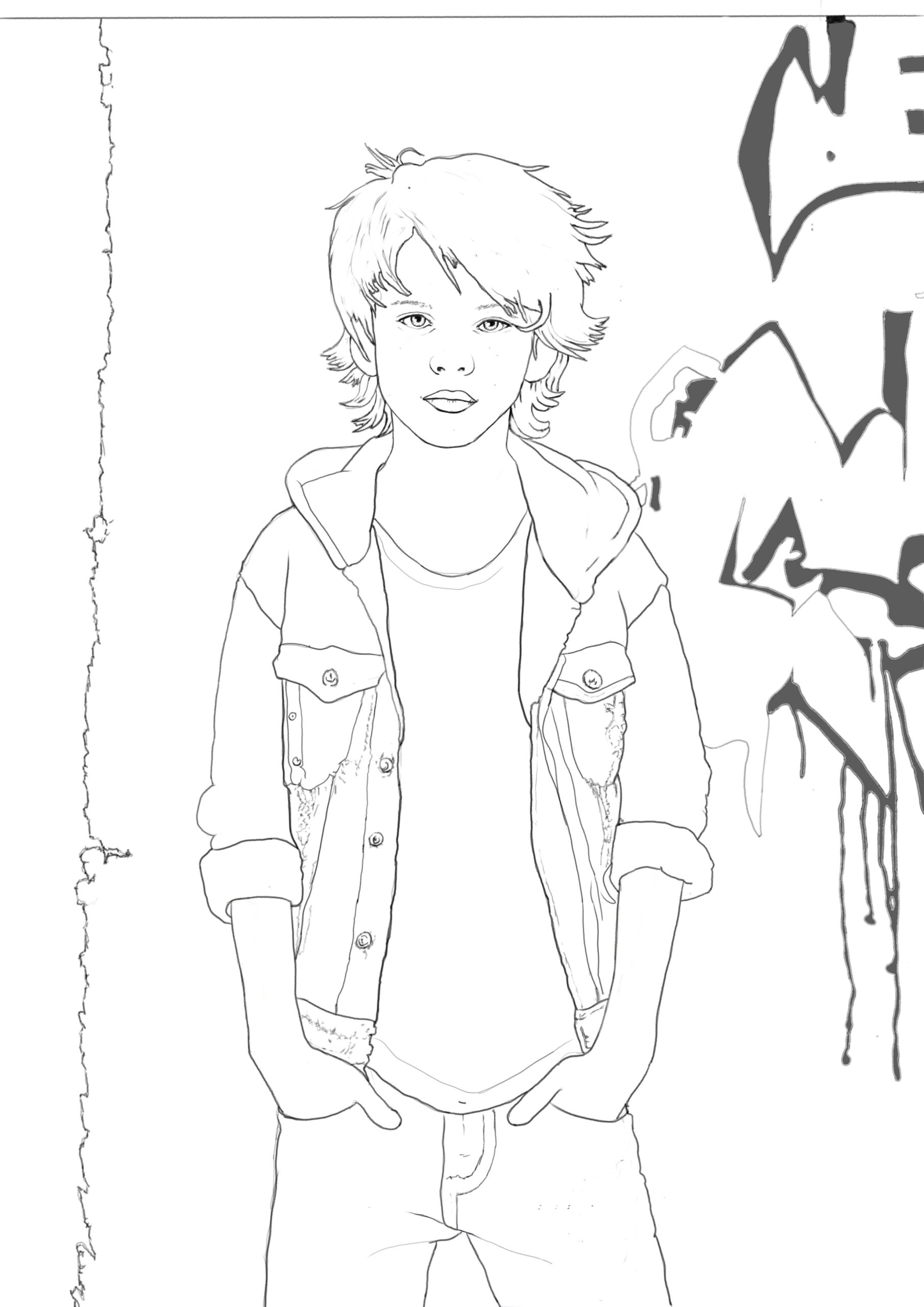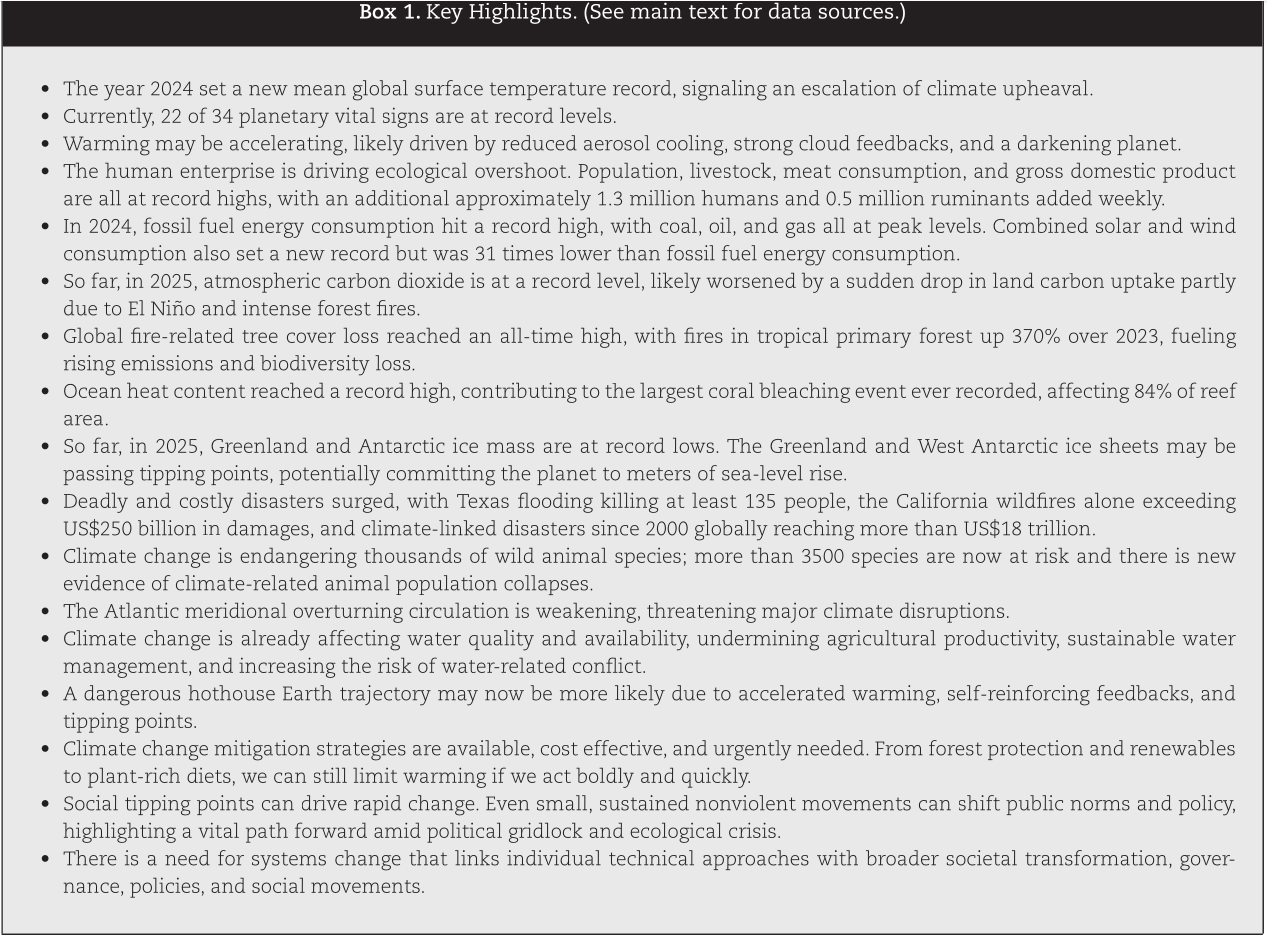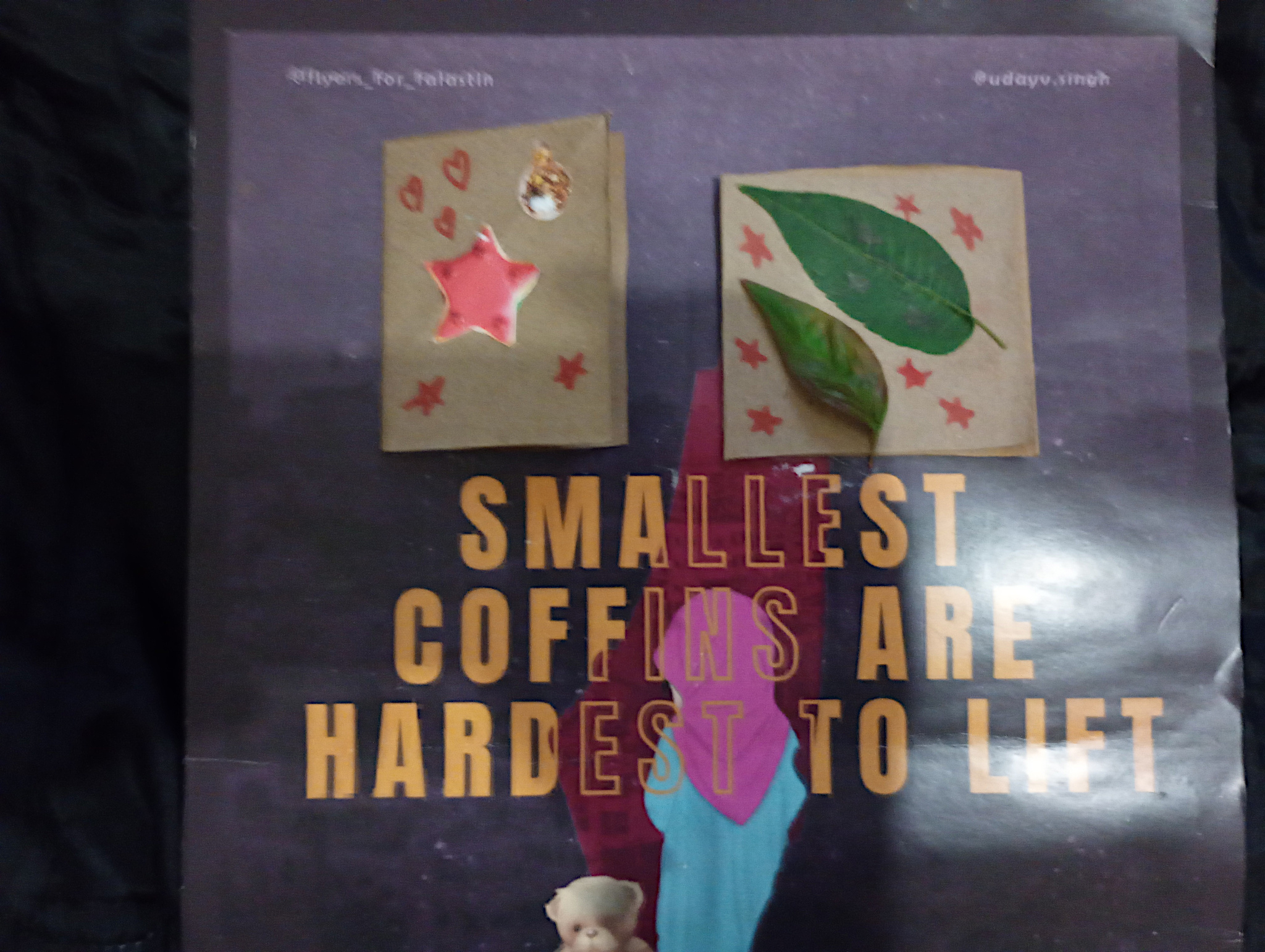Yesterday I took the train into the city to see what wonders might be on display at the Art Gallery of New South Wales. I hadn’t been there in a while, and there’s always that slim hope: a new work, something unexpected, something that stops you dead. The encounter you get in Berlin, when you enter the Gemäldegalerie and turn left and there he is—that street kid of Renaissance Rome, laughing, sprawled, with all of human achievement scattered at his feet. The Victory of Love, they call it. Robert Hughes, in The Shock of the New, said the title was a lie—that it’s really the triumph of sex over culture. Hughes, unusually, missed the point. Desire is culture’s engine. Thomas Mann knew that when he wrote in Death in Venice that it’s best the public know only the great work, and not also the source of the artist’s inspiration. How many know that Wagner wore silk underwear while composing? Keep that in mind next time the Valkyries come thundering in.
The train chuffed its way toward Central, passing through Newtown. Once a working-class suburb, it became affordable when the factories closed, then attractive to artists, then trendy, then expensive. The barefoot artists were pushed out by the well-heeled admirers of their way of life. The pattern has repeated across the West, and it’s often blamed for a collapse in cultural output. There’s more to it than that. I’ve written before about censorship, which has reached levels that genuinely threaten creativity with extinction.
Australia has always had a fondness for the censor’s blue pencil. Not so long ago, Lady Chatterley’s Lover was banned, as was Serge Gainsbourg and Jane Birkin’s “Je t’aime… moi non plus.” A bit of heavy breathing and a line like je vais et je viens entre tes reins—I go, and I come between your kidneys—was apparently civilisation-ending. Sodomy! Add religion and conservatism to the mix, and you get local film oddities like Mad Max 2, which is basically the Book of Exodus in leather. The feral kid is King David. The villains, dressed for a BDSM picnic? Read the script: the “gay boy berserkers.” As evil as it gets, apparently.
Art, if it’s anything at all, is an expression of the time and place of its making. Japanese photographer Nobuyoshi Araki once wore a T-shirt that read: Art is a Crime. It should be allowed to be. The artist peers beyond accepted norms and asks, What if? Society answers back. Over centuries, that exchange becomes narrative—far more revealing than a tidy history of dates and names. Walt Whitman’s “O Tan-Faced Prairie Boy” rattled 19th-century morality precisely because it refused to stay in its assigned box.
Kerry James Marshall understands this perfectly. He’s argued against quarantining so-called “Black art” in separate spaces, insisting instead that it belongs within the main narrative of Western art, which, in its modern form, begins with the Renaissance. He’s right. The story of Black Americans is inseparable from the story of American civilisation, itself an offshoot of Europe. One of his paintings from the Lost Boys series stays with me: a Black youth wearing a plastic shower cap. A small, defiant gesture. Dare to comment. Dare to laugh. This isn’t the ghetto victim pleading for sympathy. It’s a young man asserting his right to full human equality—a right long denied. At least, that’s how I read it.
After a coffee, a bacon and egg roll, and a long walk, I finally reached the gallery, mildly euphoric for the undignified reason that I needed the men’s room. The art itself? As dull as ever. Maybe I’m searching for something that’s vanished. The counter-culture revolution ended when those now calling themselves progressives took over art and academia and began drawing lines that must not be crossed. The result is stagnation. And young people telling me, with genuine sadness, how much they wish they’d lived “in my time.”




